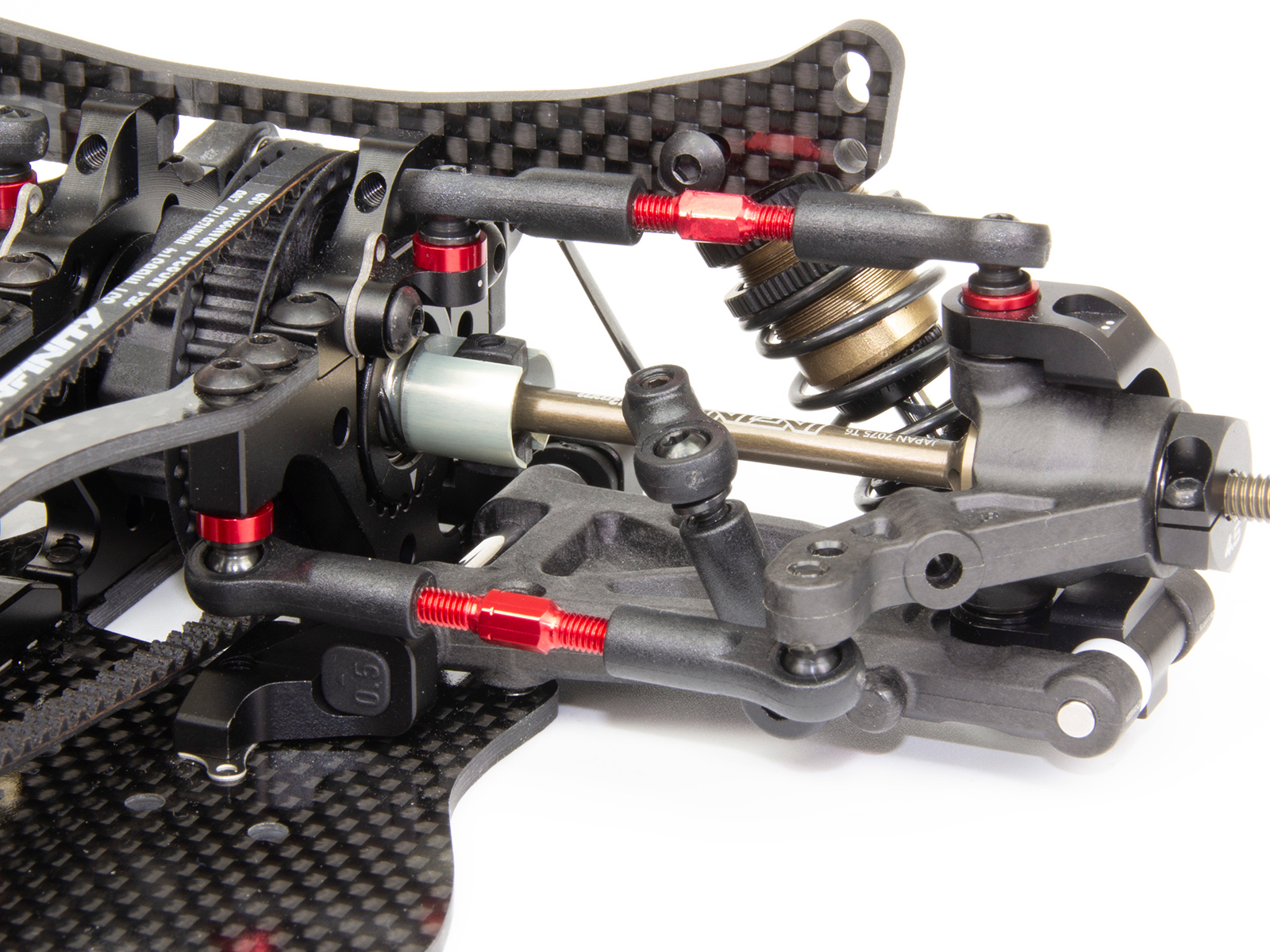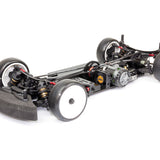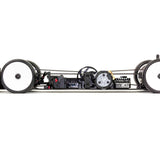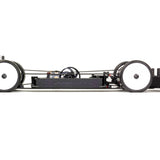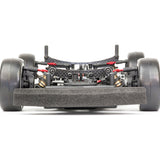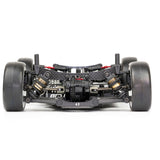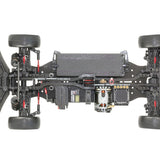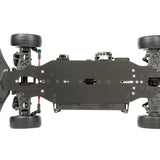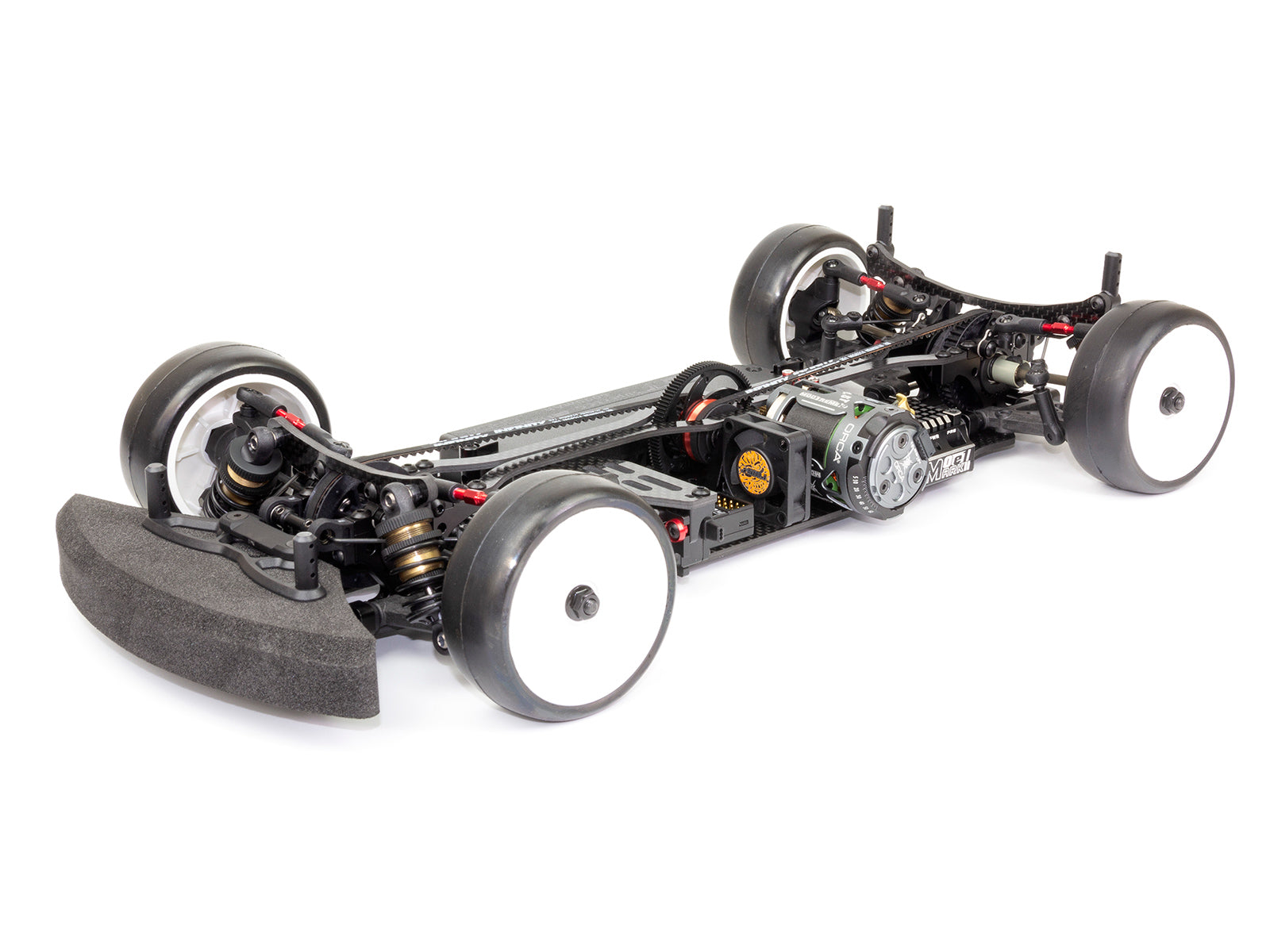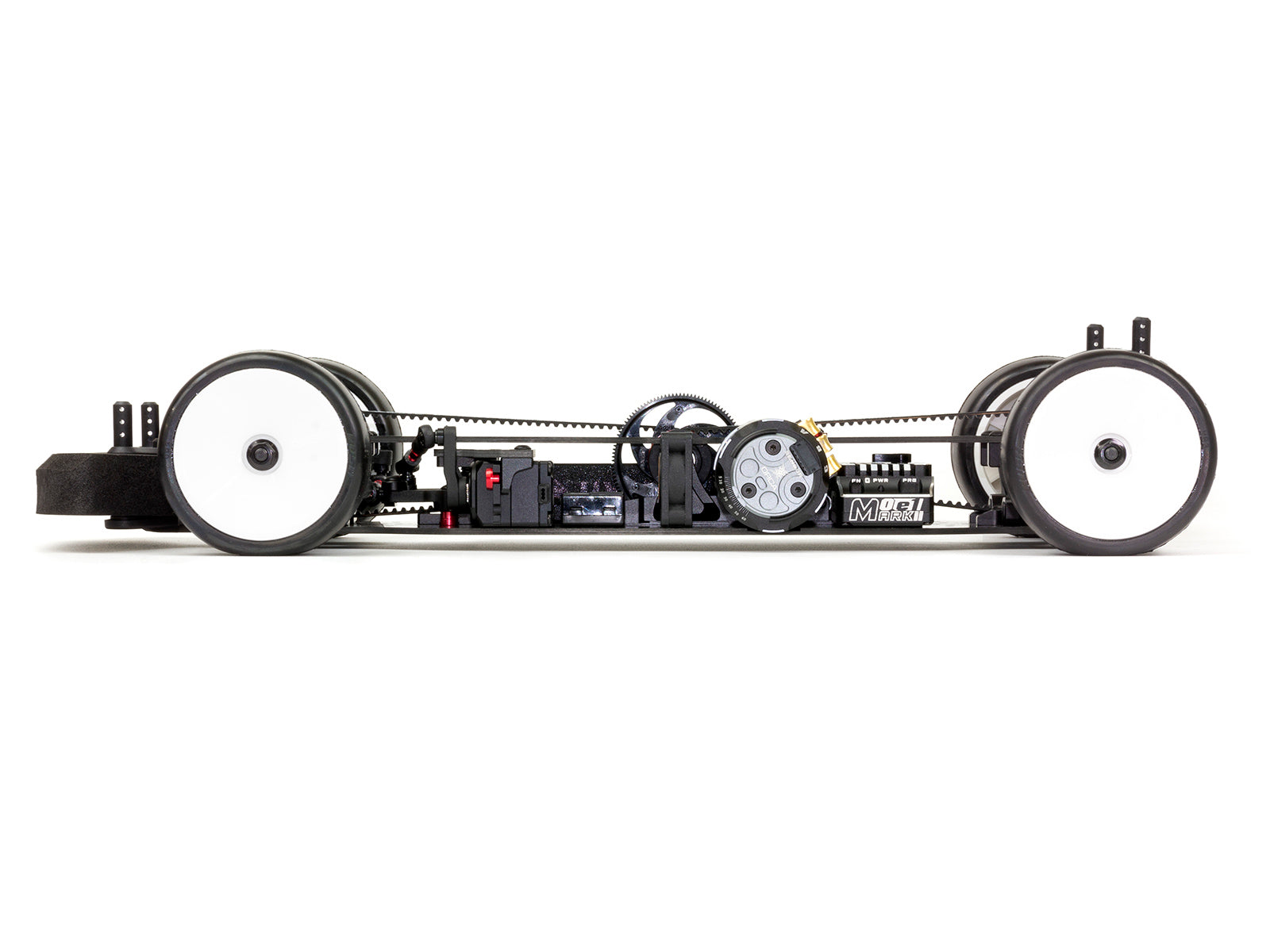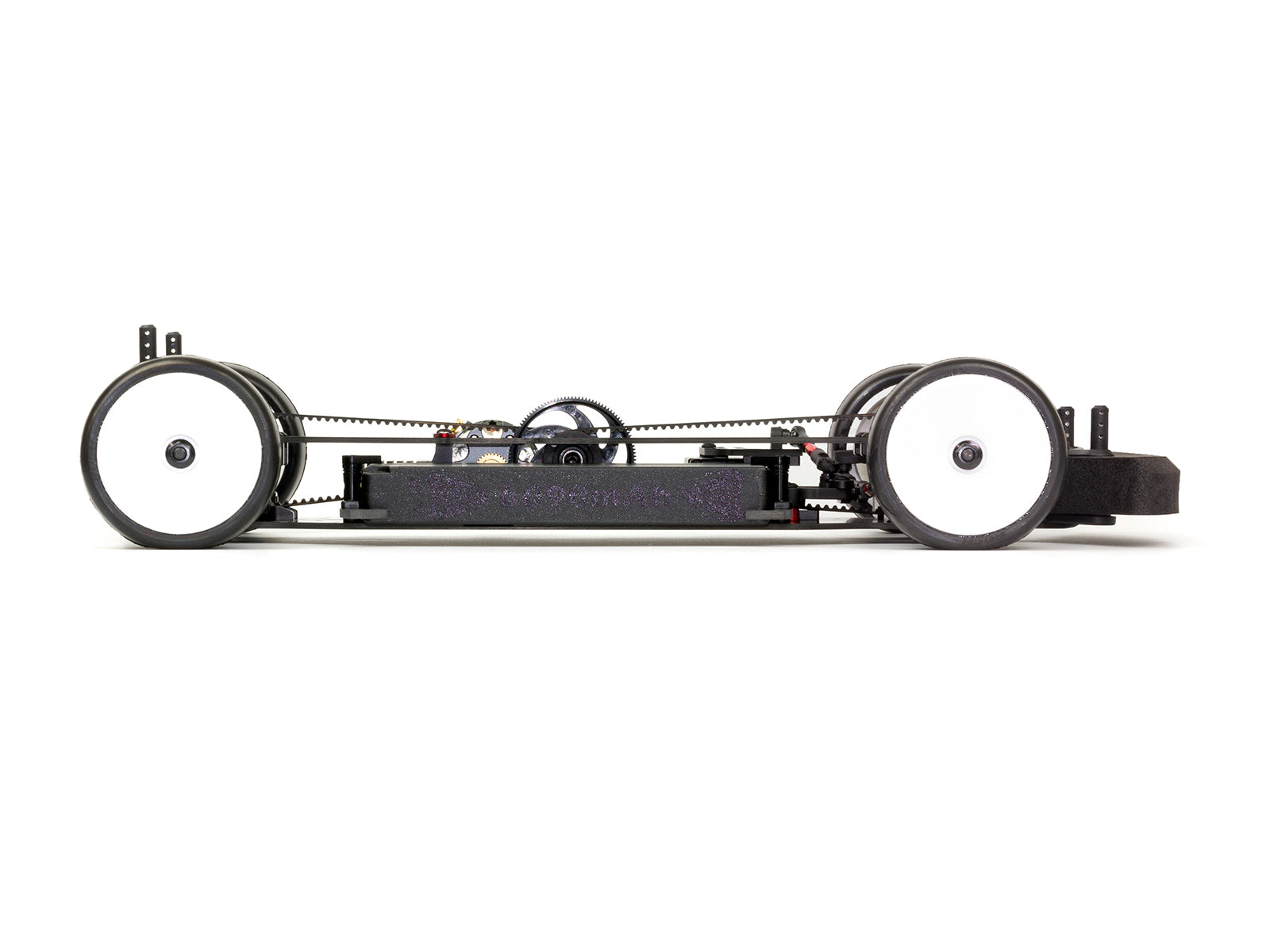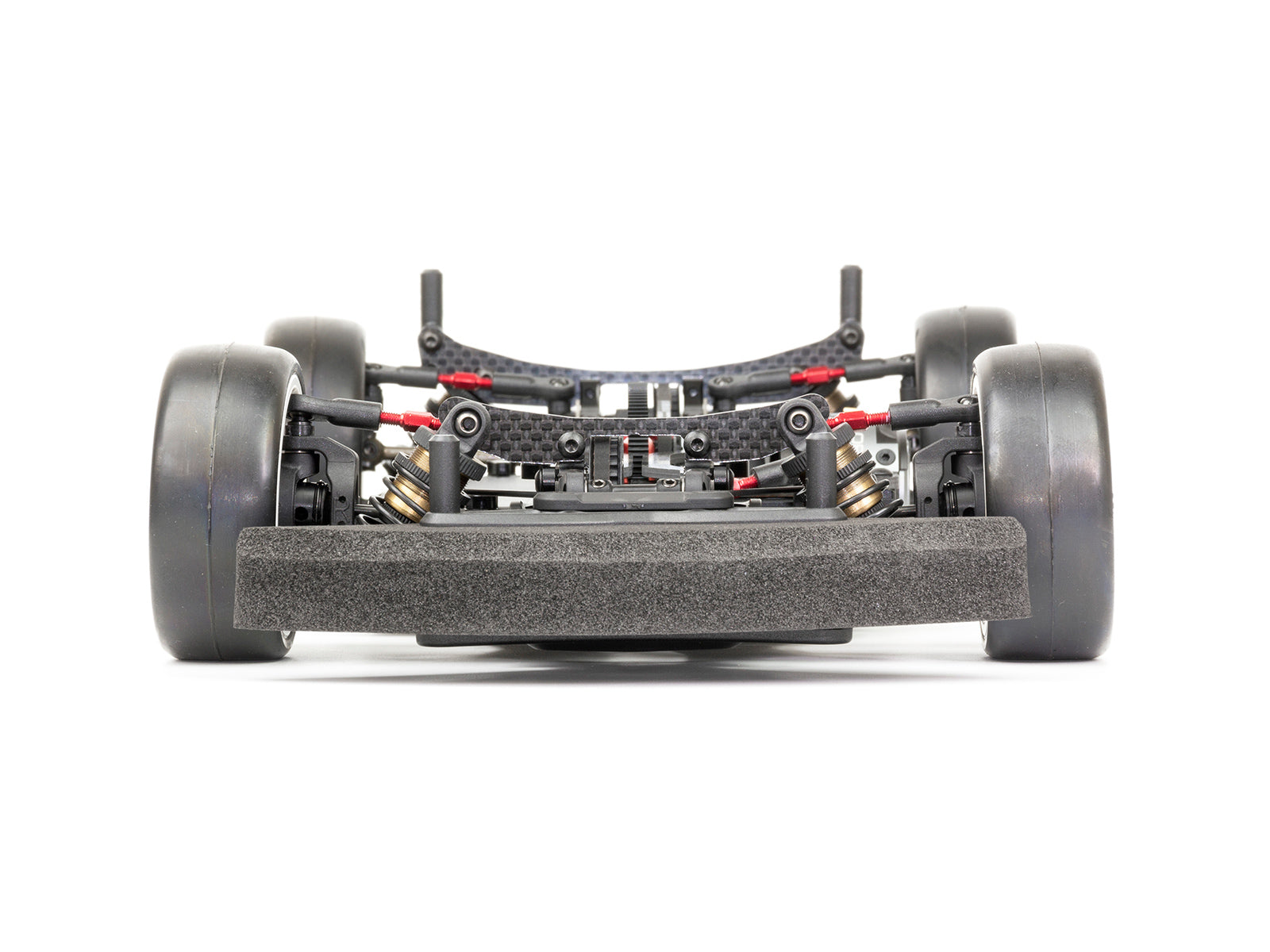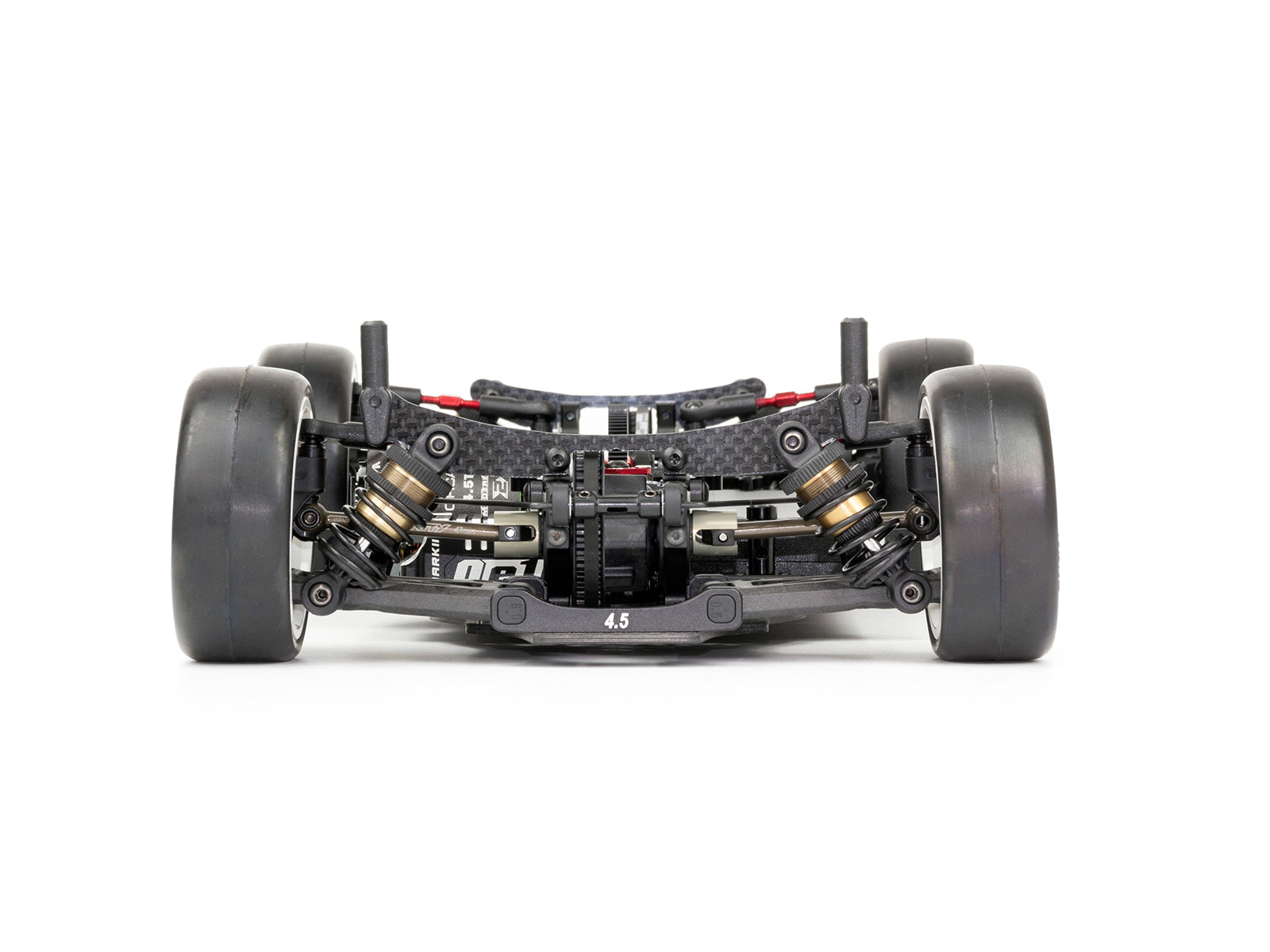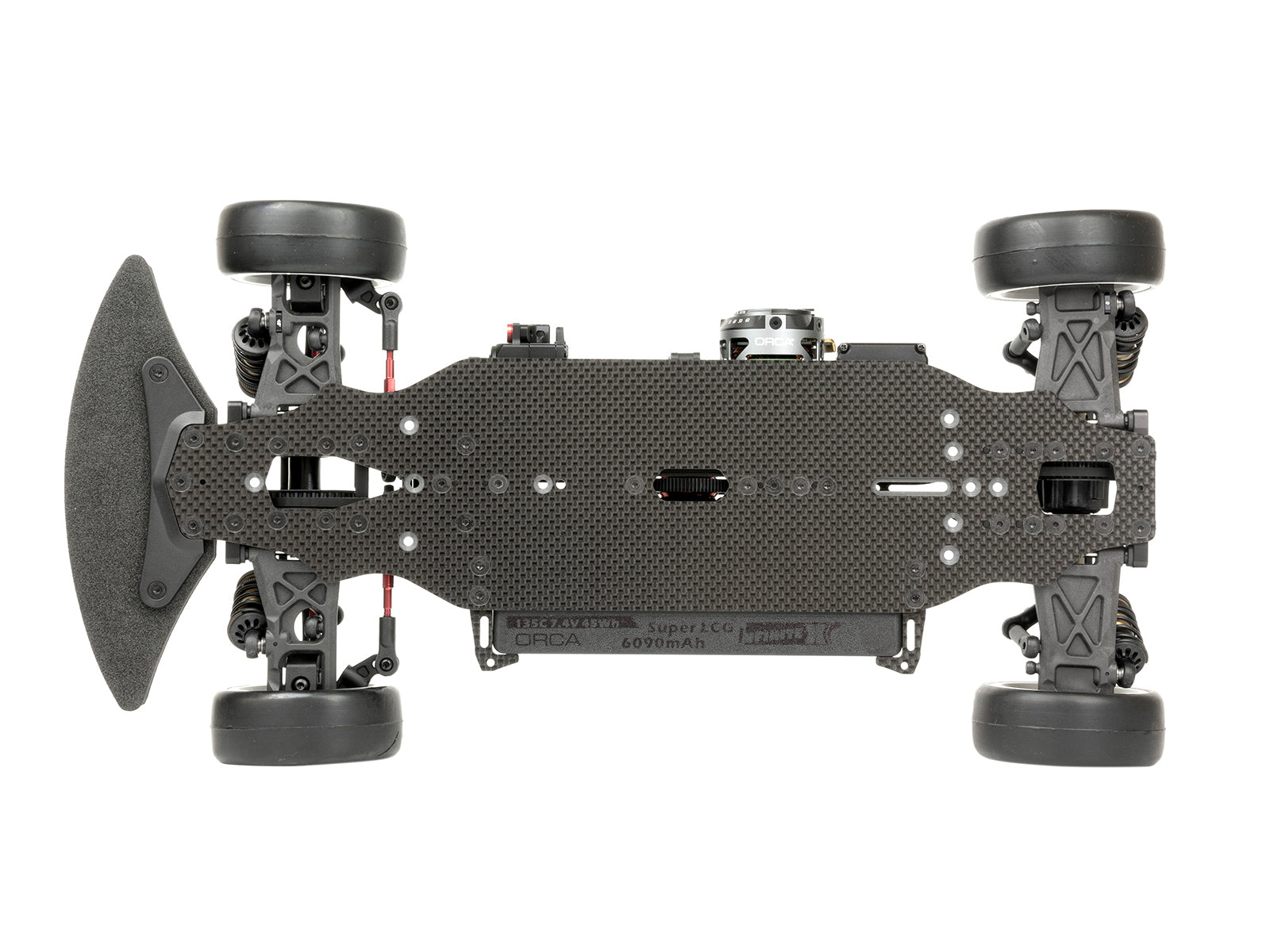IF14-2 MID
Developed through numerous tests in actual races from the 2023 JMRCA All Japan Championship to the 2024 TITC, the IF14-2 MID. The basic structure of the suspension and drivetrain is inherited from the IF14-2 Team Edition. By equalizing the front and rear drive belts and positioning the spur gear near the center of the wheelbase, the weight distribution front and rear has been significantly altered. In addition to the stability of the IF14-2, it has evolved into a faster cornering car. The main spare parts and optional parts are compatible with the IF14-2. Fast and easy. While the conventional split-type suspension holder allowed for fine setting changes, it had drawbacks such as increased weight and complexity in settings. In the IF14-2 MID kit the front and rear suspension blocks are integrated, helping simplify assembly and setup tuning. This style offers easier maintenance allowing you to enjoy more time on track. It is also possible to use the traditional split-type suspension blocks as an option.
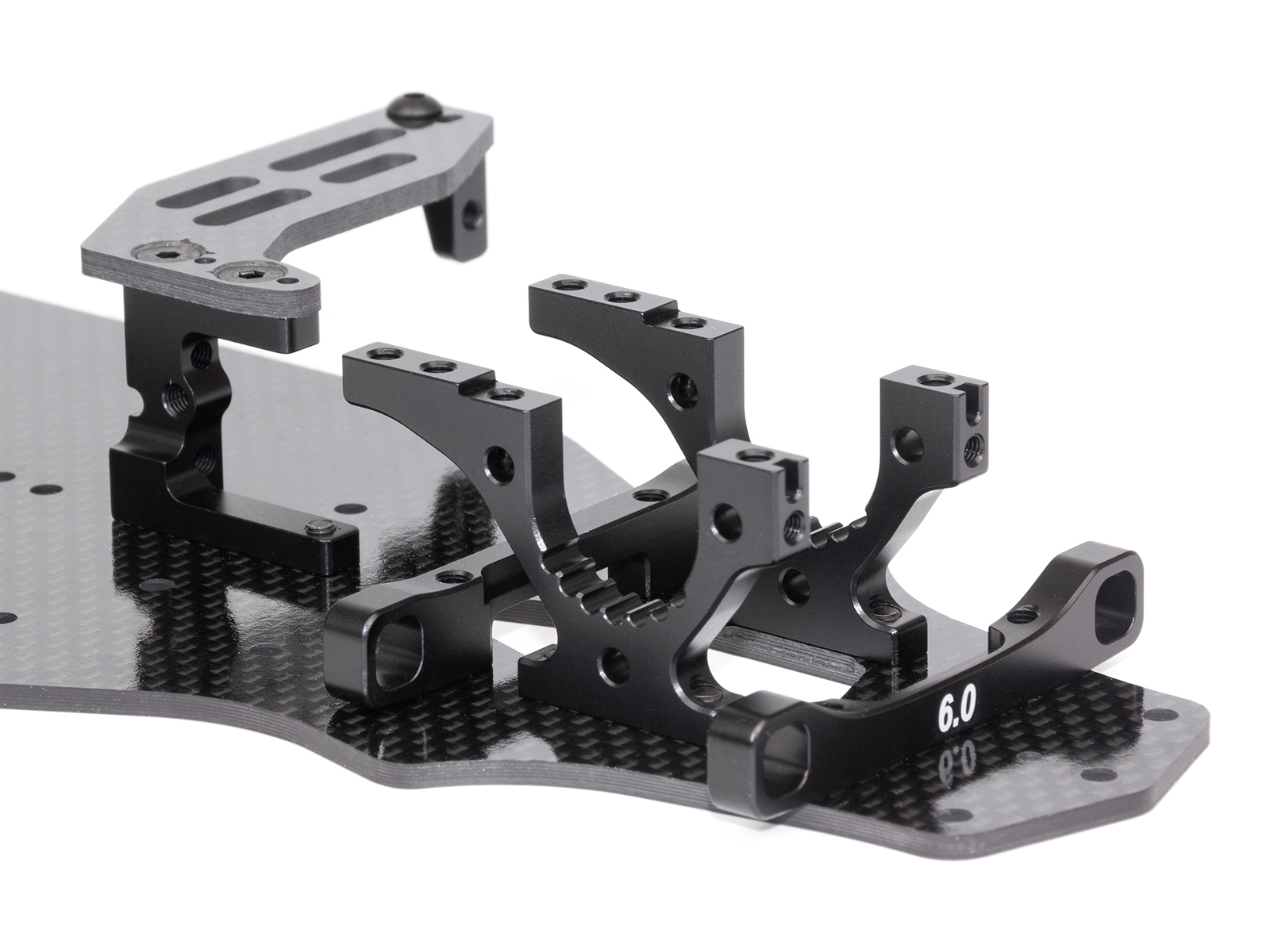
FRONT AND REAR SUSPENSION BLOCKS
In the IF14-2 MID kit the front and rear suspension blocks are integrated, helping simplify assembly and setup tuning. This style offers easier maintenance allowing you to enjoy more time on track. It is also possible to use the traditional split-type suspension blocks as an option.
FRONT AND REAR SUSPENSION BLOCKS
In the IF14-2 MID kit the front and rear suspension blocks are integrated, helping simplify assembly and setup tuning. This style offers easier maintenance allowing you to enjoy more time on track. It is also possible to use the traditional split-type suspension blocks as an option.
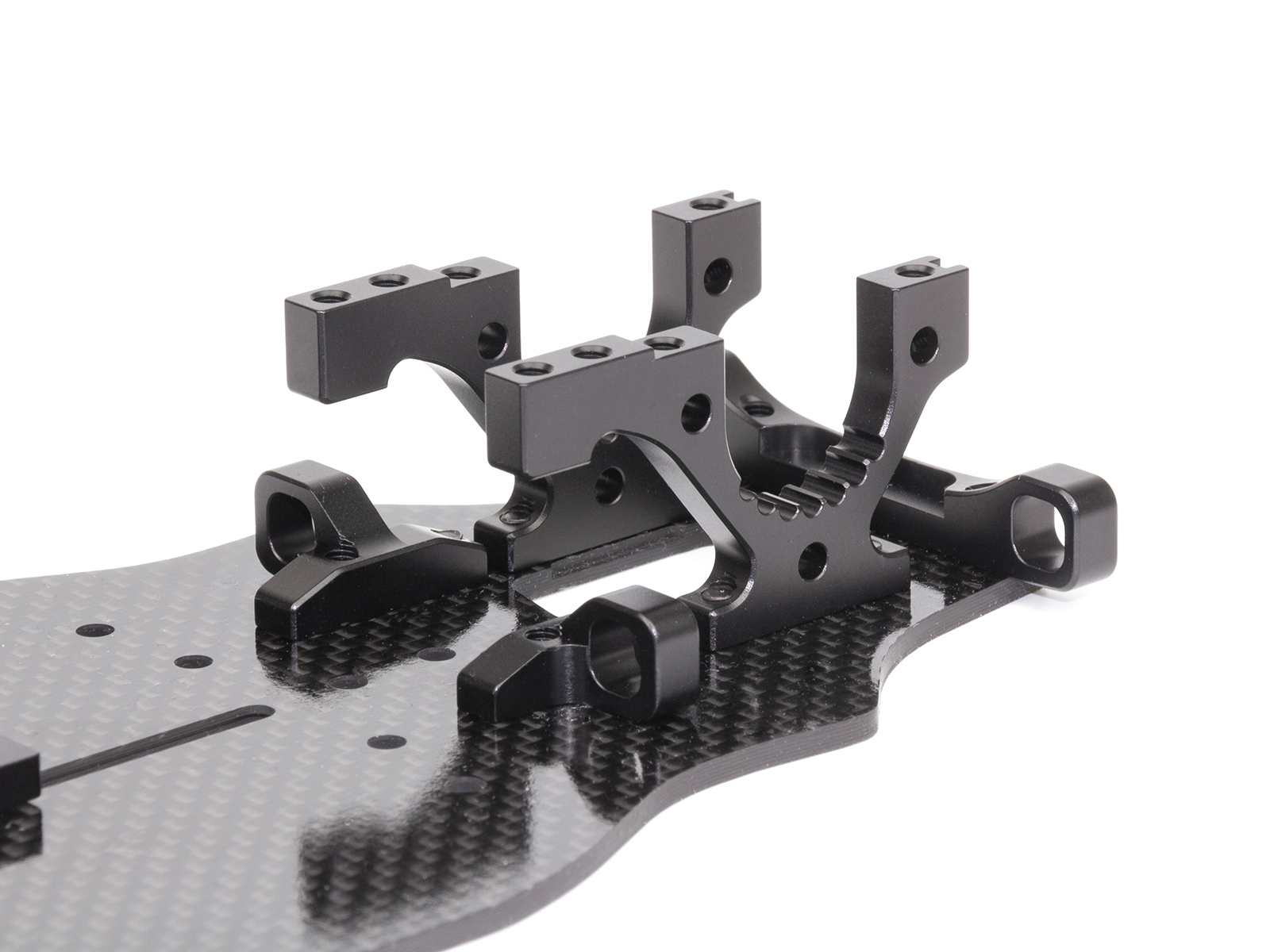
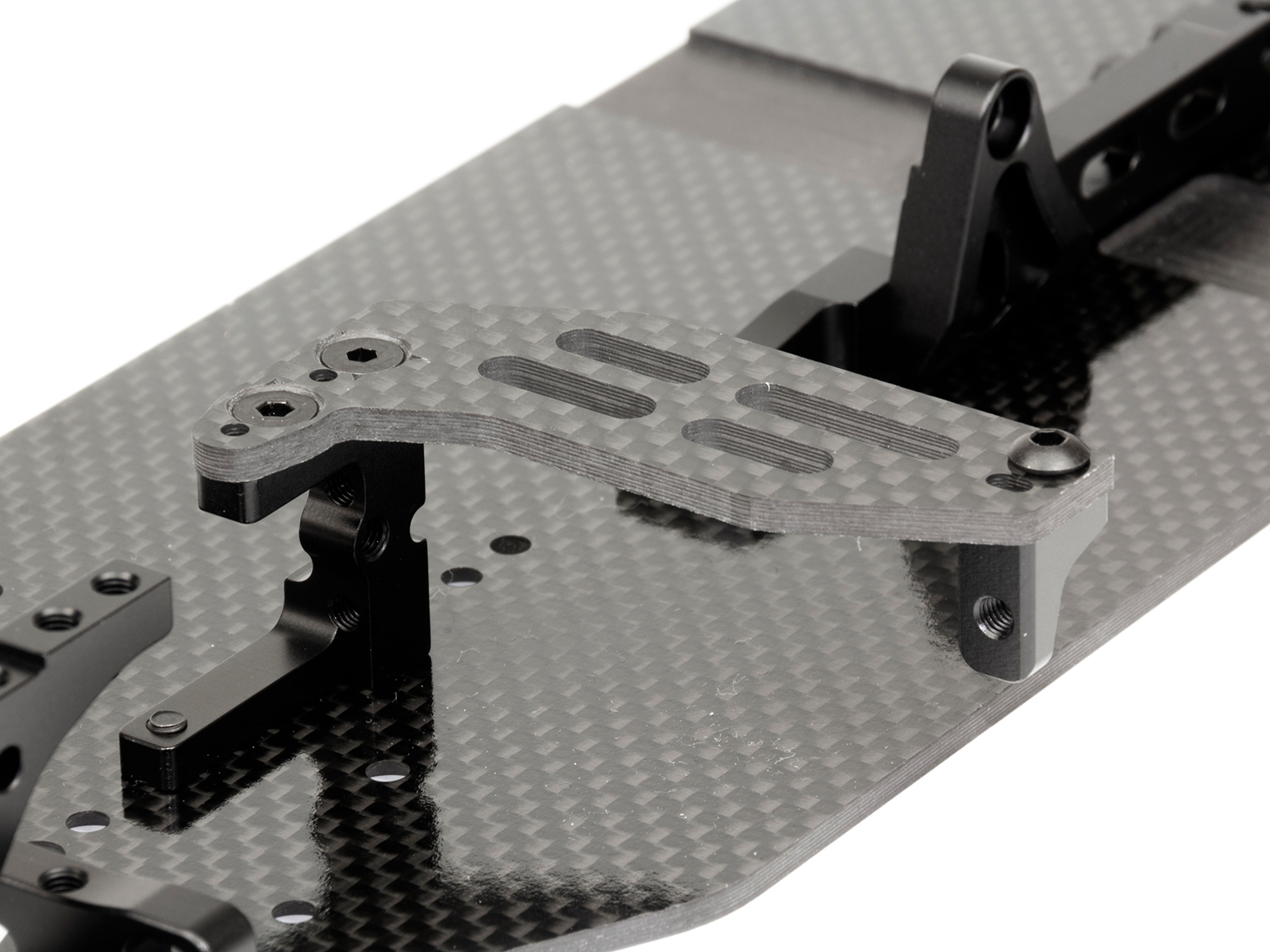
SPLIT-TYPE SERVO MOUNT
A new design of a hybrid servo mount made of aluminum and carbon plates, departing from the traditional all-aluminum servo mount. By slightly reducing the mounting rigidity of the servo, it minimises overly aggressive steering characteristics.
PRS
By setting the PRS rod attachment points on the newly designed rear lower bulkhead the position of the PRS rod is altered compared with using the original PRS (Passive Steering System: optional part). This optimizes the rear end behavior when using PRS to be milder and easier to drive.
